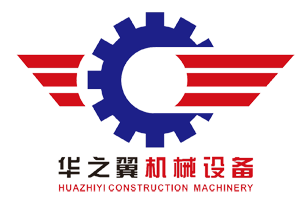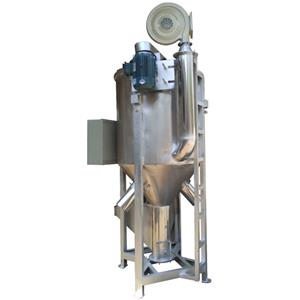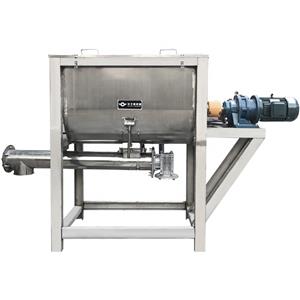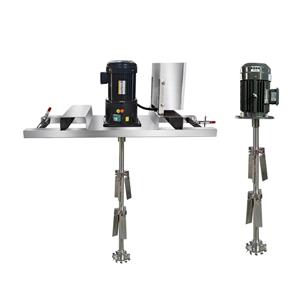Precautions for installation of the reactor tank batching weighing system module
Precautions for installation of the reactor tank batching weighing system module
In the reactor tank weighing batching system, the selection, installation and debugging of the weighing module will be directly related to the measurement accuracy of the entire batching system, so the design and installation should be rigorous and prudent. The material of the weighing module should be determined according to the environment of the use site. If there is contact with corrosive chemical raw materials, the stainless steel weighing module should be used, and the requirements of explosion-proof should also be considered. When the weighing module is installed, the support point of the reactor tank is the force point, and the rigidity and linearity of the support are better. The number of weighing modules is generally composed of 3 or 4. All weighing modules should be installed on the same level and evenly distributed. , so that the weight of the reaction kettle can be evenly distributed on the weighing module, so as to ensure that the force on the weighing module is uniform and vertical, so that the force carried on each weighing module is close to the same, so as to reduce the damage caused by the support structure. Error due to the influence of the weighing module.


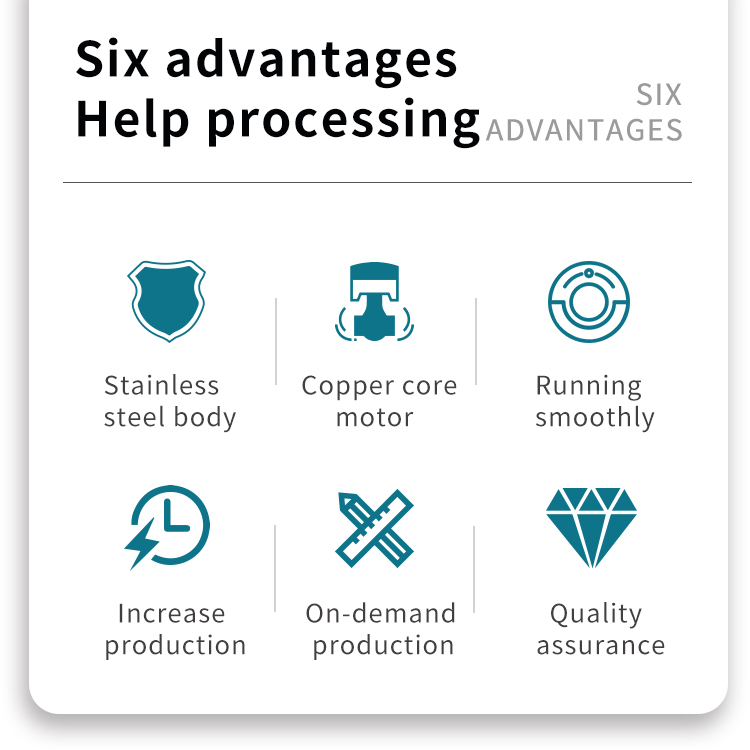

When installing the weighing module, electric welding operation should be strictly prohibited, so as to avoid the current passing through the weighing module during welding and damaging the weighing sensor in the module. Care must be taken not to allow the current loop to pass through the load cells in the weigh module to prevent damage to the weigh module's sensors. However, in the actual use process, the weighing module will be affected by various environments such as wind and vibration, thereby affecting the measurement accuracy of the weighing module. In the weighing and batching system of the reactor tank, the in and out of the raw materials and finished products are mainly transported by pipelines, so the connection between the pipeline and the reactor tank is particularly important.
The weight of the reactor tank is converted into a voltage signal by the weighing module, and then transmitted to the weighing display controller through the junction box for weight display. The display converts the voltage signal sent by the junction box into the corresponding weight and displays it. Therefore, after the installation of the reactor tank weighing batching system is completed, the reactor tank weighing batching system should be debugged and calibrated. Now the commonly used debugging and calibration methods include the standard weight method, the substitution method and the standard signal analog calibration method. The standard weight method is to gradually load the standard weight from the zero point to the MAX scale, and then gradually unload it to the empty scale for calibration. A device such as a platform stand or hook for placing weights. The substitution method is relatively simple, that is, when only a small amount of weights can be used for calibration, only other substitutes can be used for calibration.
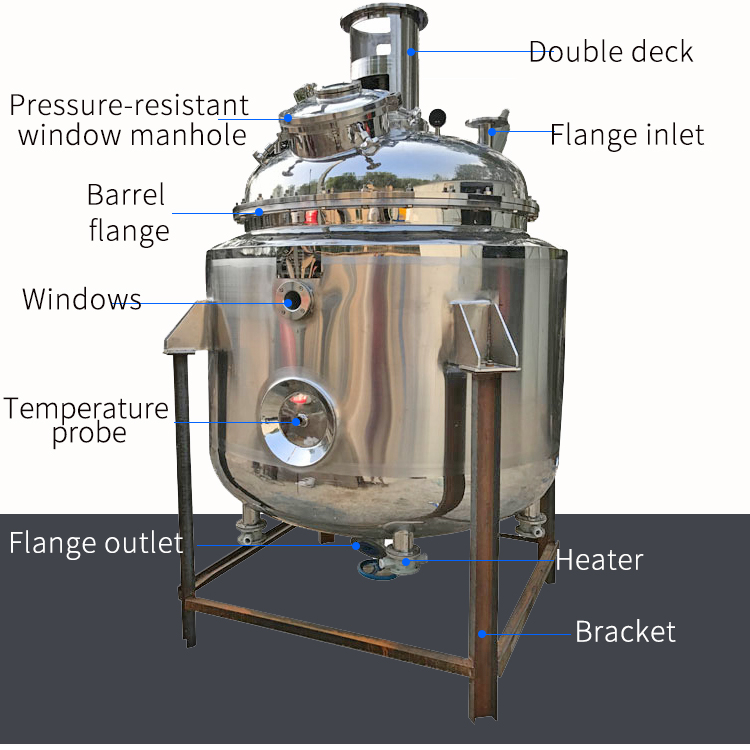
In addition, when the standard weight cannot be used for calibration, the quality of the substitute can only be weighed on the other side, and then the substitute is put into the reaction kettle tank weighing and batching system for calibration. The substitution method is the current reaction kettle. A commonly used method for tank weighing batching system calibration. The standard signal simulation calibration method is to use the standard signal source to replace the signal output of the weighing module to simulate the empty scale value and full scale value of the weighing and batching system of the reactor tank, and to calibrate the scale by adjusting the output of the standard signal source. The method has a certain influence on the accuracy of the weighing and batching system of the reactor tank, and is generally not used.
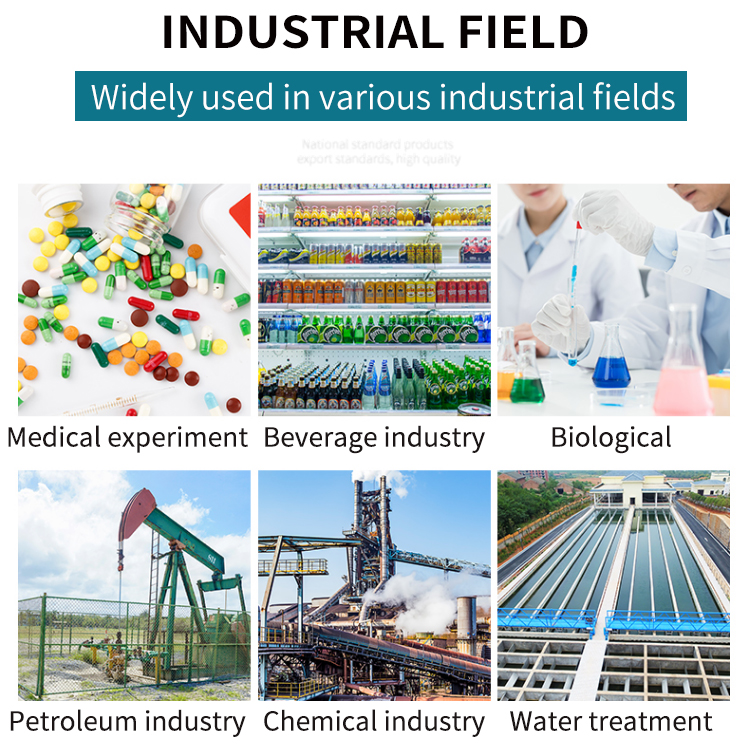
Due to the variety of models, materials and specifications of the manufacturer's products, the prices on this website are for reference. The specific actual price needs to be determined after the customer communicates with the relevant personnel of my company. The actual product price is determined by the actual materials and specifications used.
Electric heating stirring tank: Seiko Huazhiyi brand electricheating stirring tank (also known as reaction kettle, hot and cold tank, batching tank, mixing tank, water phase tank, dissolving tank, etc.), widely used in chemical industry, paint, medicine , pigments, resins, food, building materials, agriculture, scientific research and other industries, the selection of materials is excellent, the standard is made of SUS304 stainless steel for food; other 316L\340 and so on can be selected; this equipment is tailored according to the actual needs of customers, For example: vacuuming, heating, cooling, thermal insulation devices, etc. to meet different process and production needs, electric heating stirring tank, heating methods are: heat conduction oil heat conduction, hot water circulating heating, coil steam heating; the structure of the equipment Reasonable design, advanced technology, durable, large heating area, uniform heating, adjustable heating temperature, for the electric heating type mixing tank, the company has strict requirements on heating and sealing, and fine workmanship.
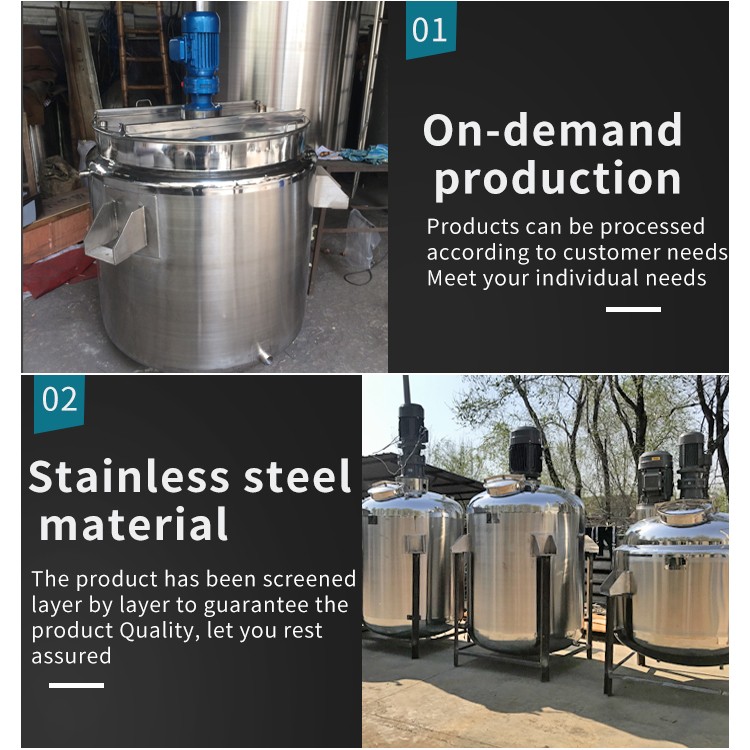


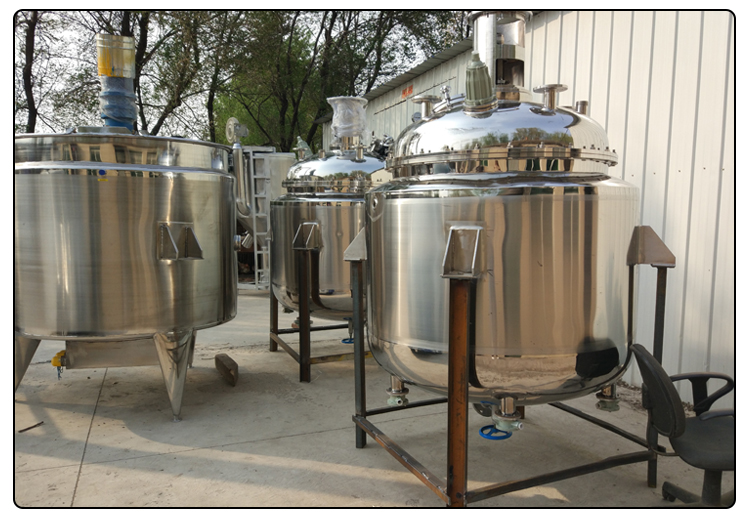
Main technology and structural performance of reaction kettle/electric heating chemical stirring tank: The volume is matched according to the actual needs of customers, such as: 50L, 100L, 200L, 300L, 500L, 600L, 800L\1000L, 2000L~5000L. The heating and stirring tank produced by our company has an optional heating method: generally, an electric heating rod is used to extend into the jacket, and the heating is even and there is no cold zone. Heat transfer oil or water can be injected into the jacket as the heating medium to generate heat energy to heat the materials in the tank. It can also be heated by steam; the heating temperature of the material can be adjusted: ≤200 °C (if the temperature is high, it is recommended to add an additional layer of heat insulation layer); the heating time of the material: 30min ~ 120min (depending on the process needs).
